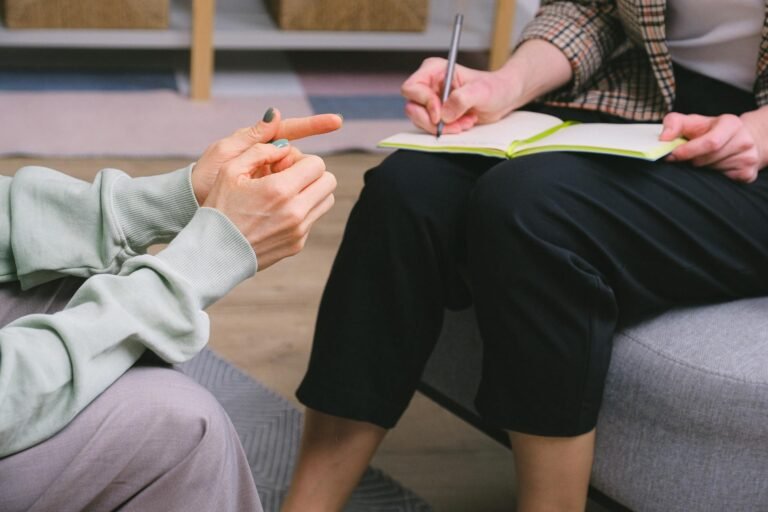
Residential Observations & Forecasts
By: Shirley Hammond, FASID, NCIDQ, RID and Phyllis Moore, FASID, NCIDQ, RID
Several years ago, at a meeting in which a question was asked that has remained with us, an idea was presented to the group. The group leader asked, “for what purpose.” In other words, this person was asking the group to think to the end of the process about the cause and effect of the idea. Is the result of the idea worthy of the effort? I believe this question is key to approaching project design and development. In residential interior design, I’m hearing that same question. Clients are demanding that the effort and expense result in worthy projects.
So, how do interior designers ensure that we lead clients toward worthy projects? My recommendation is that we ask the question, “for what purpose.” Let’s make a checklist of some layers of “worthiness” to confirm we are headed in the right direction. 2024 trends and forecasts are revealing the following:
Function is first.
Interiors must be safe and code-compliant.
Interiors should be accessible for all ages and abilities with wider doors, more hard-finish flooring, more open space in bathrooms to move about, easier access closets, allowing aging-in-place.
Aesthetics should be authentic – simple vs. overly ornate, textural fabrics and walls, warm color palettes, use of white with walls and trim all the same color, brighter splashes of color with small patterns to brighten spaces and add interest.
Materials and techniques should be natural, reflect construction methods and should be long-lived in wear and styling.
- Design themes should be culturally reflective and regionally appropriate.
- Space must be justified.
- Consider downsizing and simplification.
- Optimize space efficiency by using smaller footprints.
- Reduce inventories of furniture and accessories, striving for impact over quantity.
- Consider generational differences (paper plates vs. china).
If not downsizing, spaces are being repurposed for multi-use, home offices, theater rooms, home gyms, playrooms, art/dance studios, meditation rooms and hobby rooms (reading, crafts, sewing, genealogy, etc.).
Kitchens are becoming high tech, often with a clean industrial aesthetic with open shelving and less counter clutter.
Bathrooms include spa-massage jets in showers and aroma for therapy in whirlpools and steam areas.
Multi-use family and social spaces include hidden storage to prevent clutter.
Outdoor spaces are extending living spaces with the inclusion of outdoor kitchens, covered seating/eating/TV viewing, large fireplaces/firepits even though there is interest in living with the natural environment for peaceful and tranquil experiences.
Costs must be justified
- Is the result worth the cost?
- 2024 is an election year economy.
- Covid is mostly over, hence budgets and supply-chains are easing.
Of course, the final question is self-reflective:
Are we, interior designers, worth it? “For what purpose” are we entitled to our projects? Are we worth the effort and expense? It is our wish for each of us to be worthy of the trust we receive from our clients!
Happy 2024!